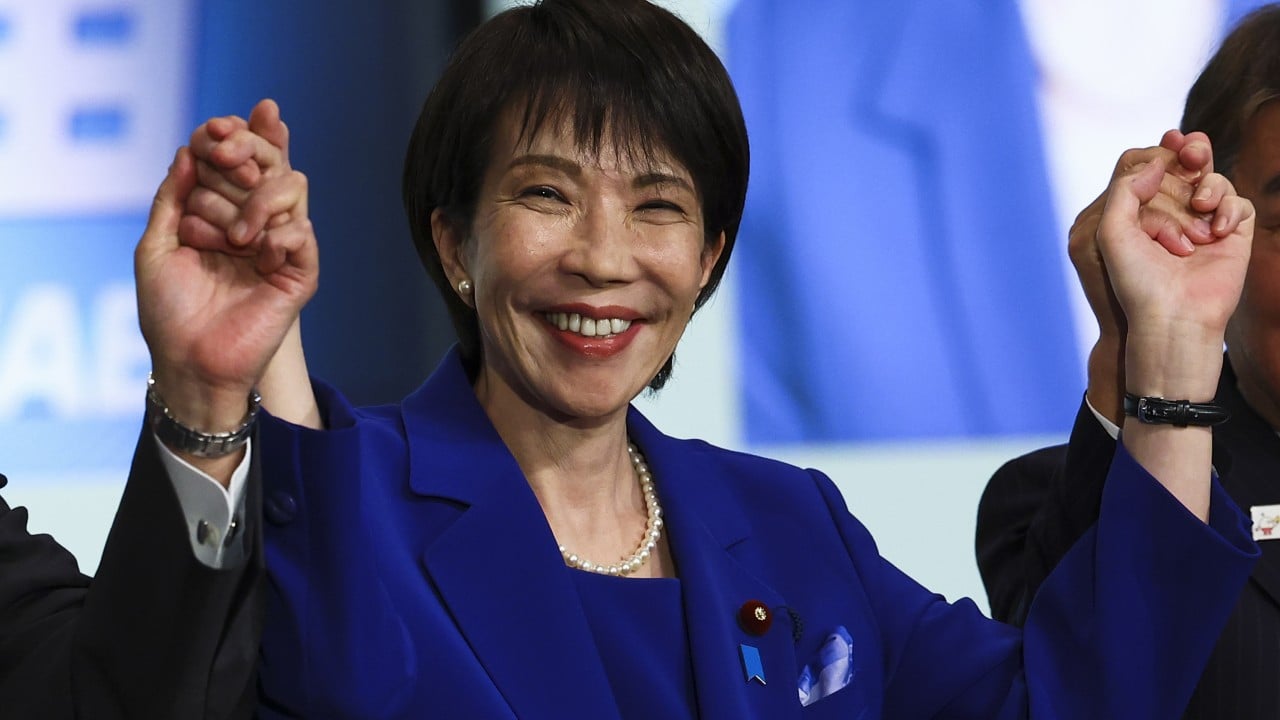With Sanae Takaichi poised to become Japan’s first female prime minister, economists warn her policies may have “mixed” results: expansionary measures that spur growth but exacerbate fiscal strain, and coalition partners who temper a more hawkish stance on China amid a push for higher military spending.
Advertisement
The 64-year-old conservative was elected leader of Japan’s Liberal Democratic Party (LDP) on Saturday, paving the way for her to become the next prime minister as head of a coalition government – pending a parliamentary vote in mid-October.
A proponent of the reflationary policies of Shinzo Abe, the former prime minister assassinated in 2022, Takaichi has expressed a preference for expansionary monetary and fiscal policies.
But a series of offsetting factors suggests that potential growth could come at a price, according to Nick Marro, Principal Economist for Asia at The Economist Intelligence Unit.
“On balance, [it] is a bit of a mixed bag, with the views slightly skewed towards more concerned. Takeshi has strong designs around fiscal stimulus, which could lead to a slightly better growth outlook,” Marro said.
Advertisement
“But what that means is that this is going to lead to a larger budget deficit. It could push up 10-year Japanese government bond yields, meaning higher borrowing costs.”
While Takaichi called last year’s interest rate hike “stupid” and favours a dovish monetary policy, she may not oppose a Bank of Japan increase at the end of October, according to a report by HSBC on Monday. But her election could limit further monetary tightening down the road, the report’s authors said.

